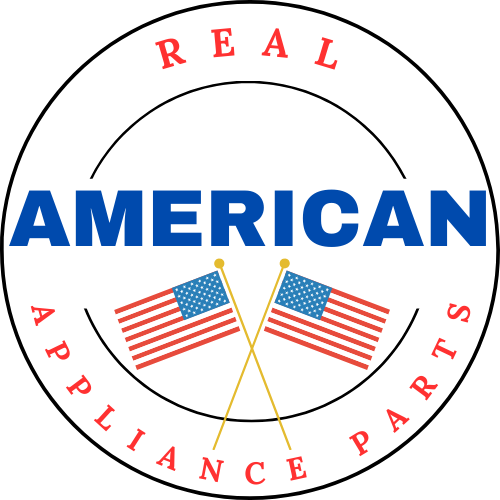How Far Should You Go? Understanding When an Appliance is Truly Irreparable
As an appliance repair professional, your expertise lies in diagnosing issues and bringing machines back to life. However, not every appliance is worth saving. Knowing when to stop a repair is crucial—not just for efficiency and profitability but also for maintaining customer trust and satisfaction. The question is: how far should you go before declaring an appliance irreparable?
The Key Factors in Determining Repair Viability
1. Cost of Repair vs. Replacement
One of the first considerations should be the repair cost relative to the price of a new unit. A common rule of thumb is the "50% rule"—if the repair cost exceeds 50% of the price of a new appliance, replacement is usually the more practical option. Customers appreciate honesty, and steering them toward a cost-effective solution builds long-term trust.
2. Appliance Age and Expected Lifespan
Each appliance has an average lifespan. For instance:
- Refrigerators: 10-15 years
- Washing machines: 8-12 years
- Dishwashers: 8-10 years
- Ovens: 10-20 years
If an appliance is near the end of its lifespan, investing in repairs may not make sense. Informing customers about the expected longevity of their appliance helps them make an informed decision.
3. Availability of Parts
If replacement parts are difficult to find or obsolete, repairs may become unfeasible. Some manufacturers discontinue parts for older models, making repairs either impossible or prohibitively expensive. If sourcing a critical part requires extensive delays or exorbitant costs, it’s time to consider the appliance irreparable.
4. Safety Concerns
Some appliances suffer from failures that compromise safety, such as faulty wiring, gas leaks, or refrigerant leaks. If an appliance poses a fire hazard or health risk, it should be replaced rather than repaired. Customer safety should always be a top priority.
5. Recurring Issues and Overall Condition
If an appliance has a history of frequent breakdowns, repeated repairs may not be a sustainable solution. Additionally, if multiple components are worn or failing, fixing one issue may only provide a temporary solution. Advising customers on the likelihood of future failures helps them avoid wasted money and frustration.
Communicating with Customers: The Professional Approach
Honesty is the best policy when discussing repair viability with customers. If a repair is not in their best interest, explaining the rationale behind the decision fosters trust and credibility. Offer them a clear comparison between repair and replacement costs, and highlight any safety concerns or long-term reliability issues.
Additionally, providing alternative solutions, such as recommending energy-efficient replacements, can position your company as a knowledgeable and customer-focused service provider.
Conclusion: Making the Right Call
Knowing when to stop a repair is a skill that sets top appliance repair professionals apart. By evaluating costs, lifespan, safety, and overall condition, you can confidently guide customers toward the best decision. Balancing business efficiency with customer trust ensures long-term success for your company.
Remember, sometimes the most valuable service you can provide is the advice that saves a customer from unnecessary expenses and future frustrations.
